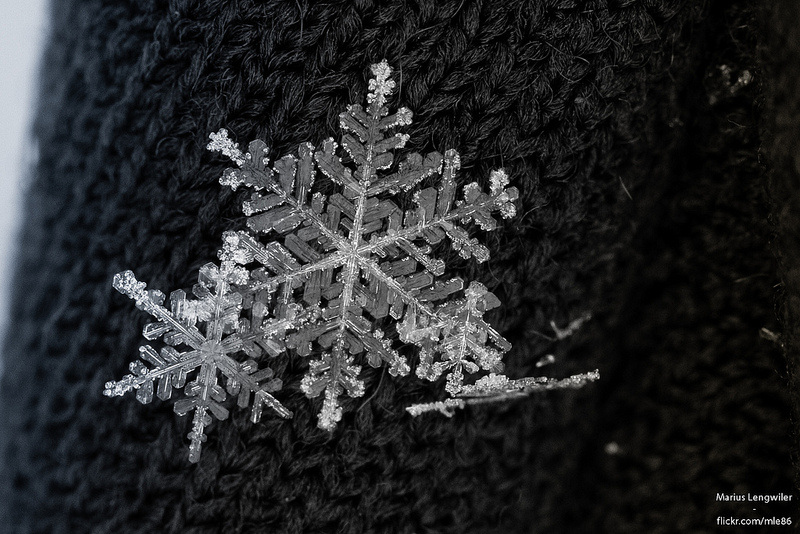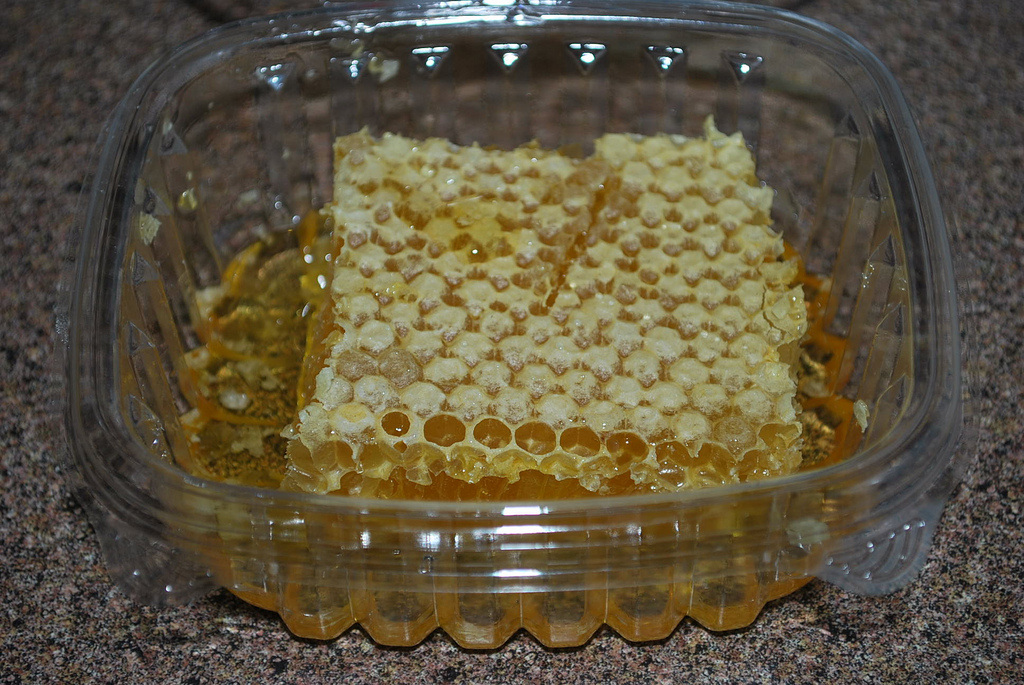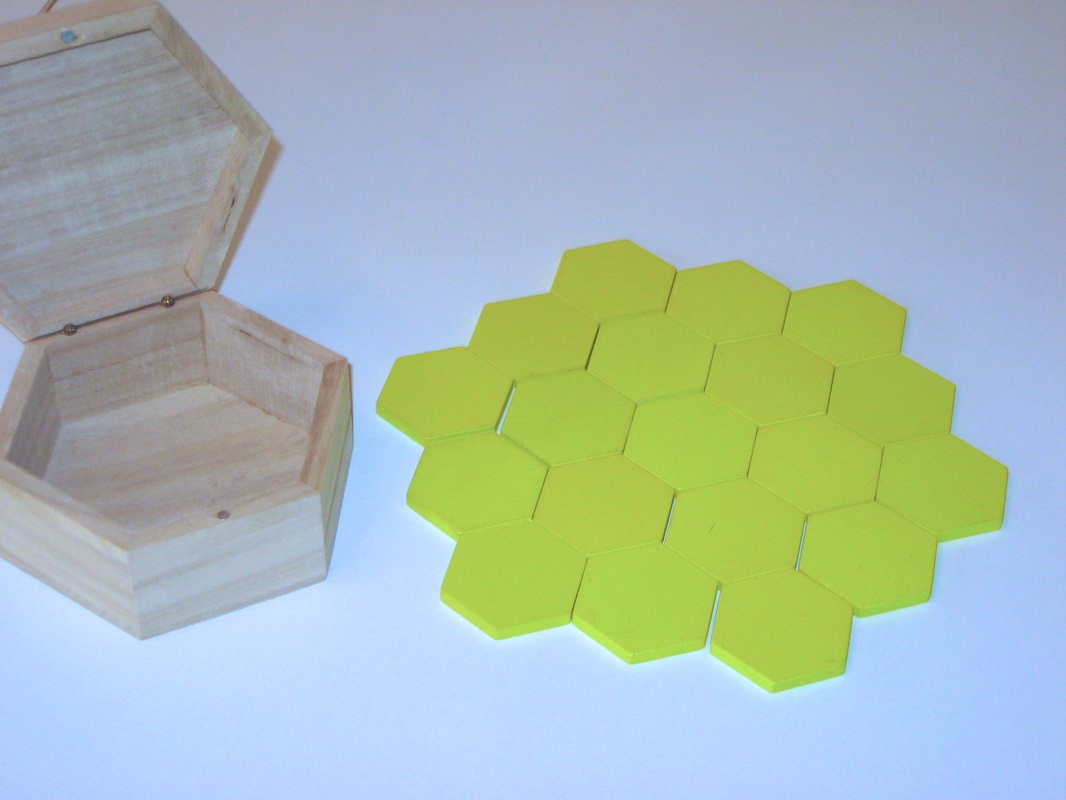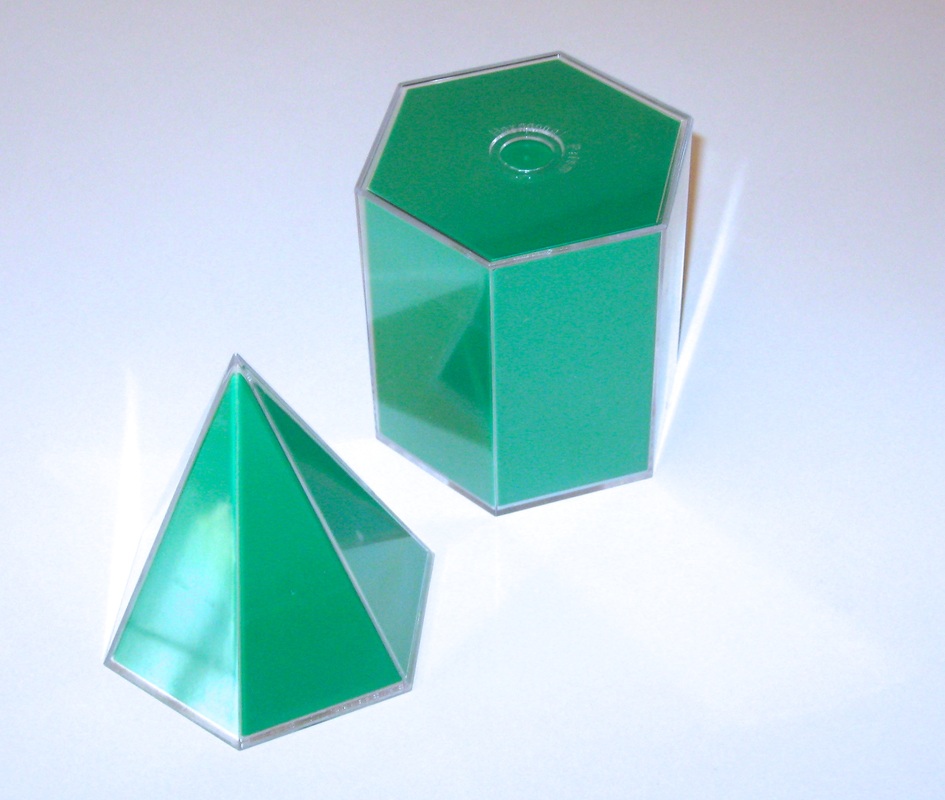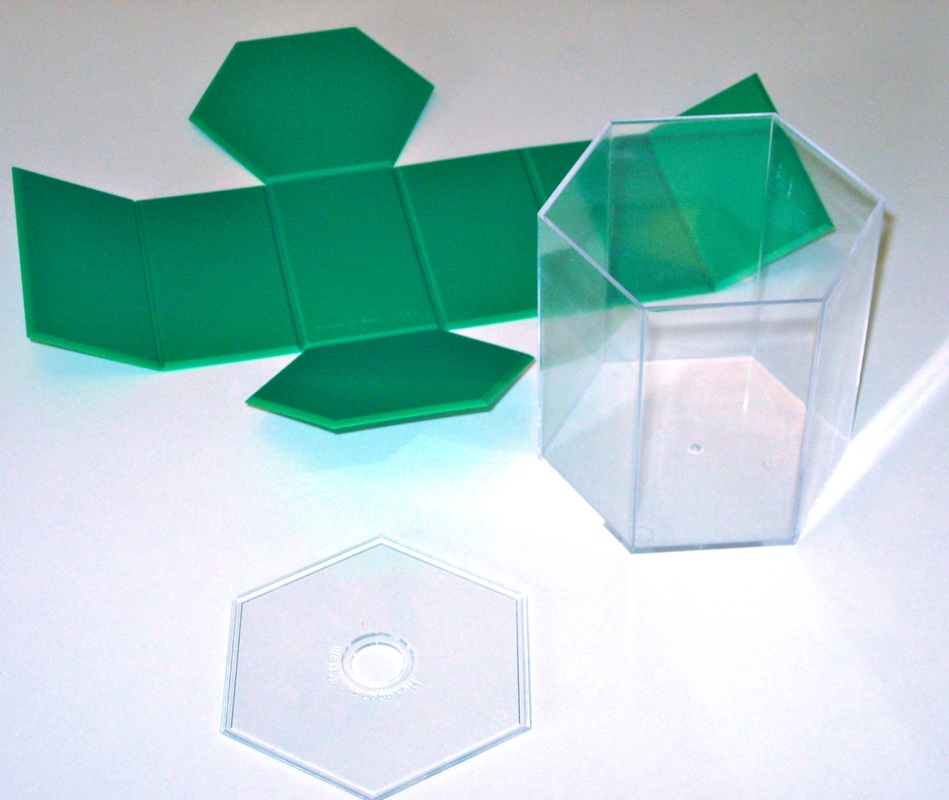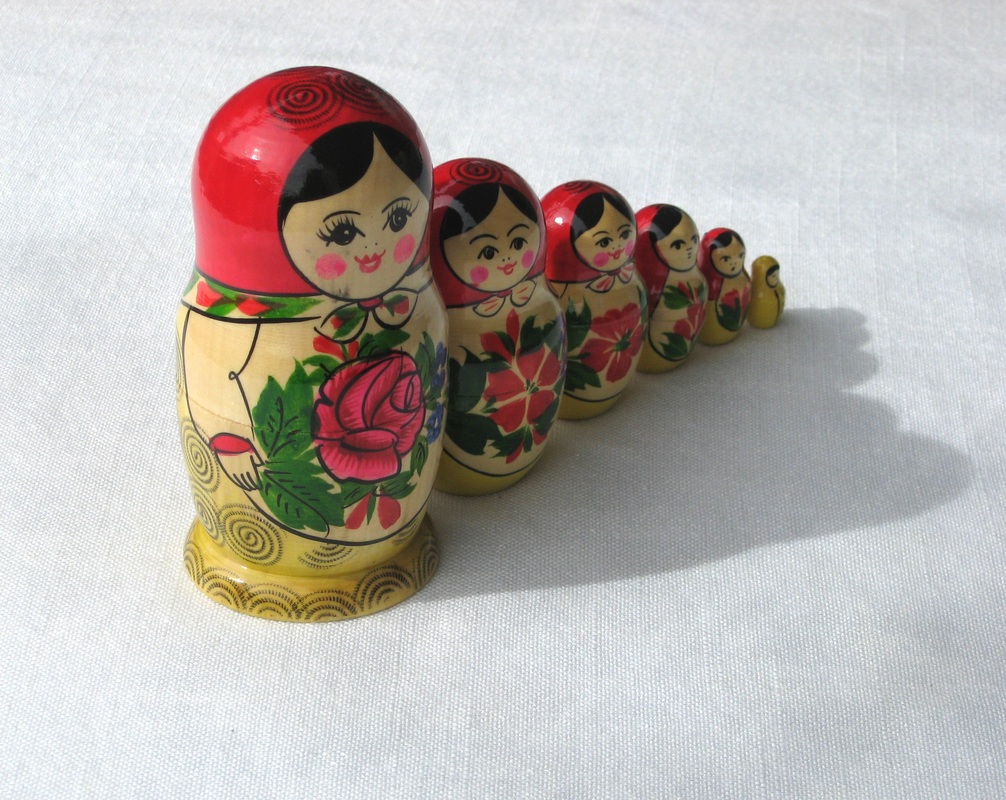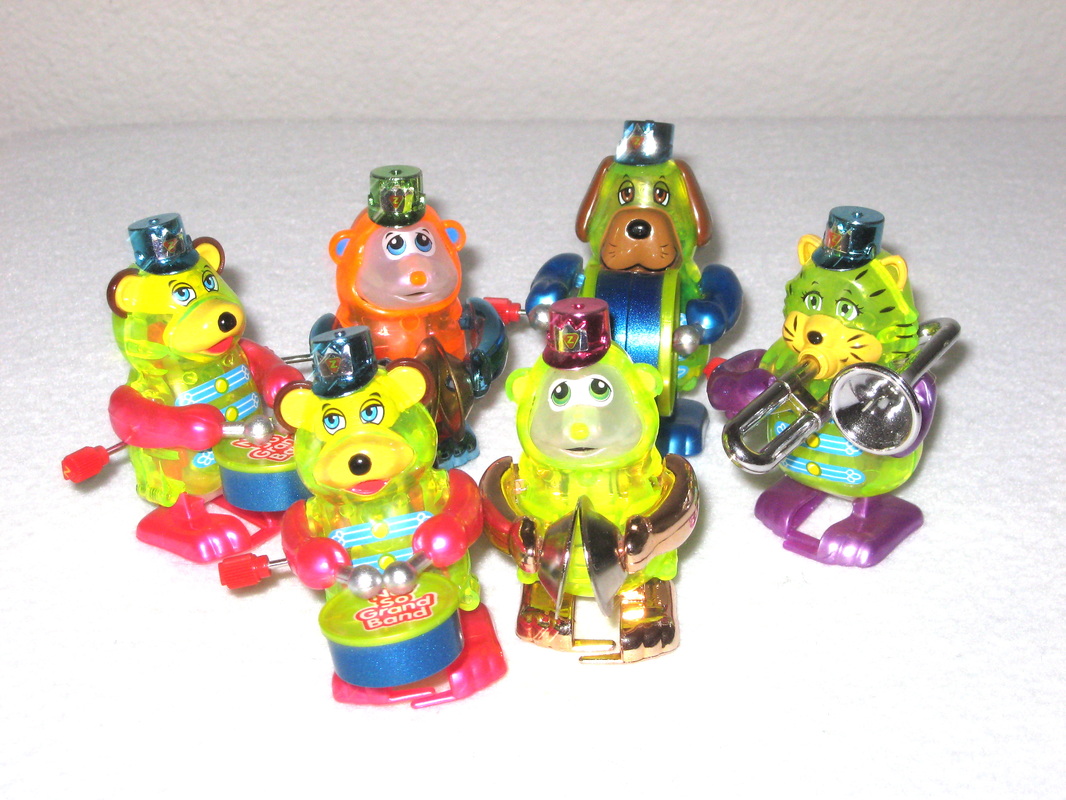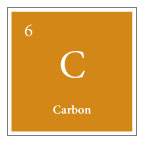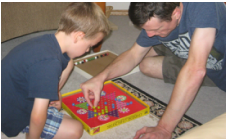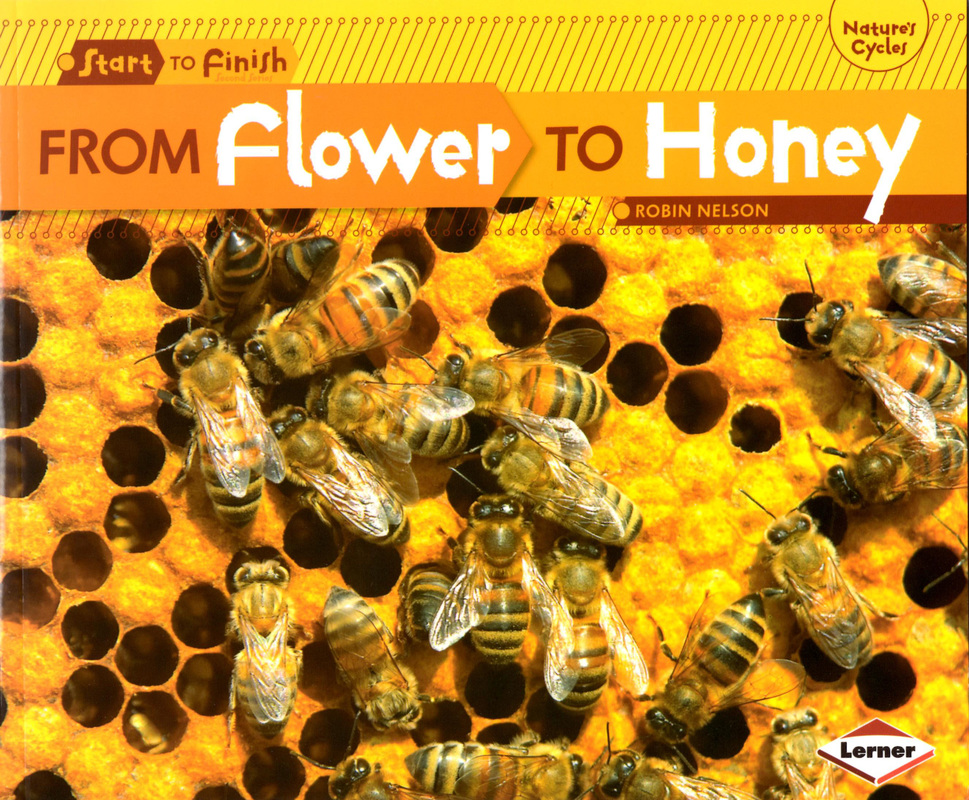| SNAP-Scaffolding for Numerical Synapses |
SIX
OBSERVING SIX WITH YOUNG CHILDREN
Observing six includes exploring geometric expressions of six, i.e., hexagons, hexagrams;
polyhedrons such as a hexagonal pyramid and a hexagonal prism.
polyhedrons such as a hexagonal pyramid and a hexagonal prism.
|
INTRODUCTORY ACTIVITIES
LIFE SKILLS
SENSORIAL EXPLORATION
MATH
LANGUAGE
CULTURE
History and Timelines
Art and Music
Science
Botany/Zoology/Human Body
ADDITIONAL ACTIVITIES
|
|
